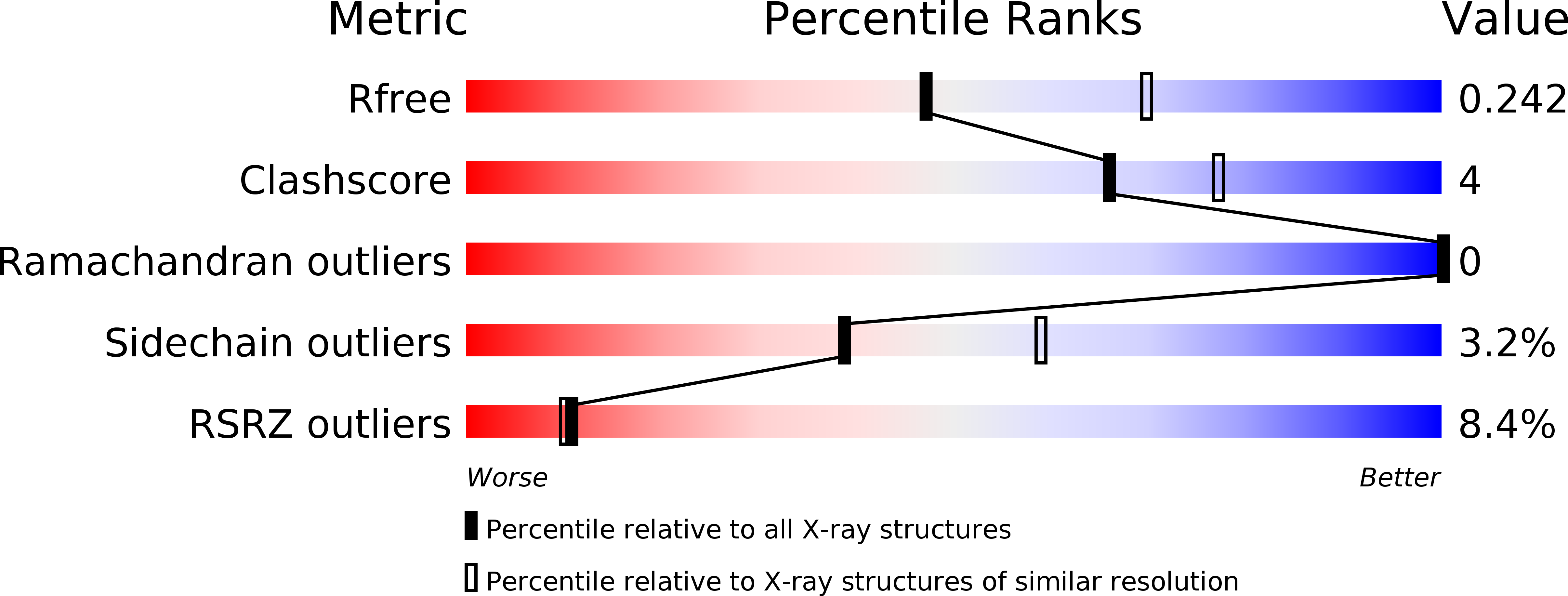
Deposition Date
2014-07-31
Release Date
2015-09-02
Last Version Date
2023-11-08
Entry Detail
Biological Source:
Source Organism:
Lactobacillus plantarum (Taxon ID: 644042)
Host Organism:
Method Details:
Experimental Method:
Resolution:
2.40 Å
R-Value Free:
0.23
R-Value Work:
0.19
R-Value Observed:
0.20
Space Group:
P 21 21 21


